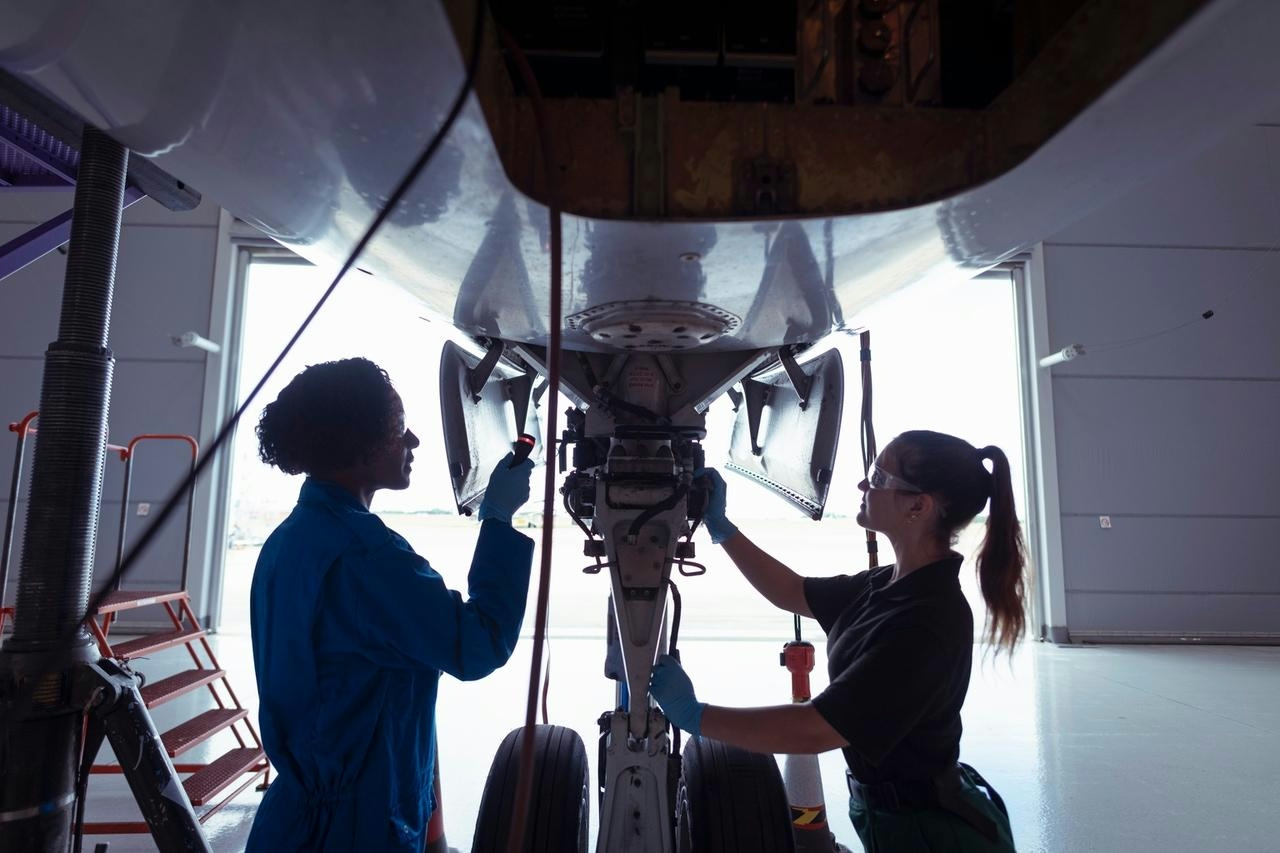
AeroGenie — ваш интеллектуальный второй пилот.
В тренде
Categories
Engineering Design Center in Warsaw Marks 25 Years of Innovation
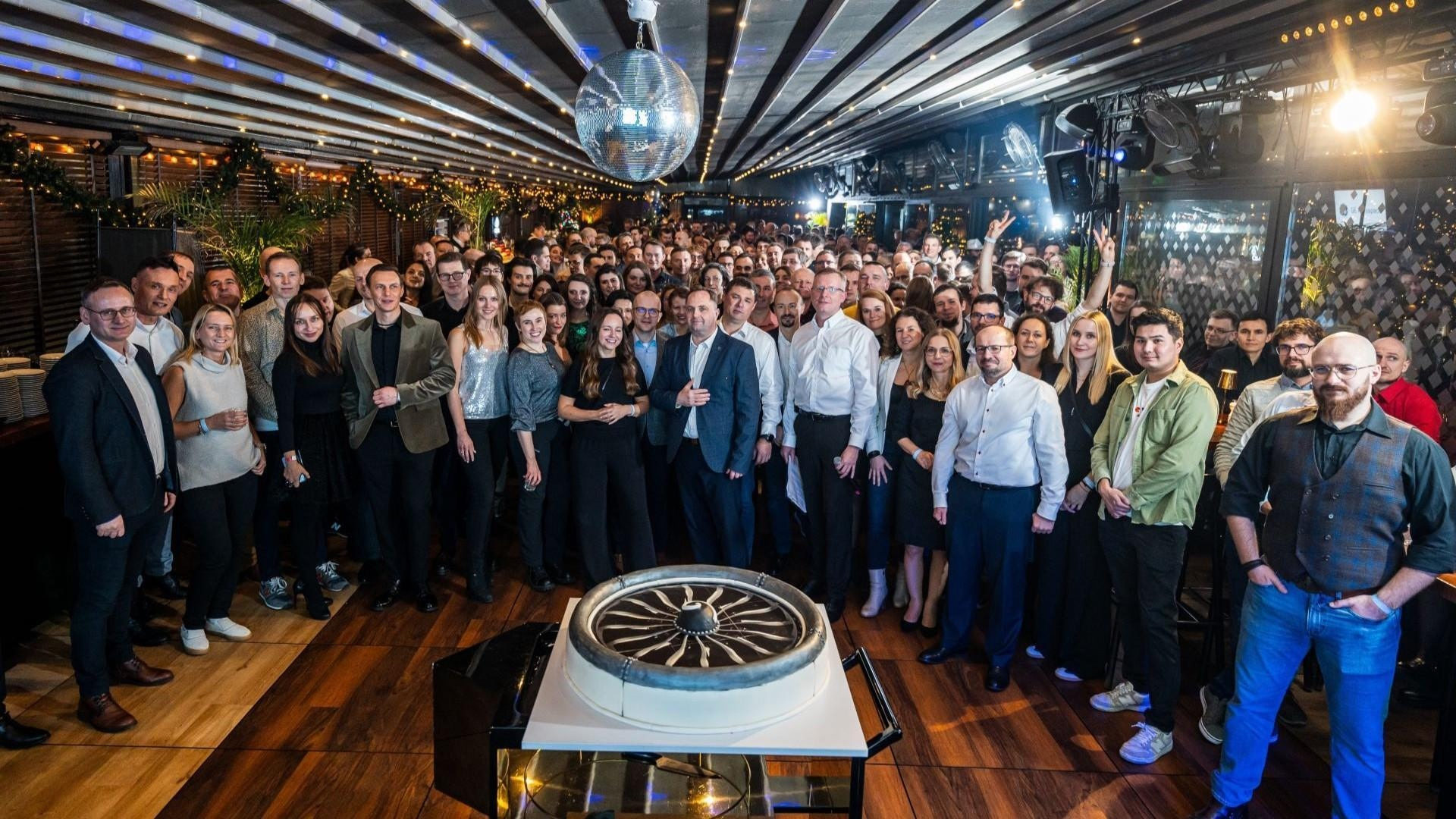
Engineering Design Center in Warsaw Marks 25 Years of Innovation
From Humble Beginnings to a Leading Engineering Hub
Situated on the historic campus of the Institute of Aviation in Warsaw, adjacent to Fryderyk Chopin Airport, the GE Aerospace Engineering Design Center has become a symbol of Poland’s emergence as a significant player in European engineering. Today, the center encompasses 12 buildings, eight laboratories, and a comprehensive network of test rooms, classrooms, and offices covering 33,000 square feet. However, its origins were far more modest. When Szymon Piwowarski joined the center in 2001, it occupied less than a single floor on a quiet section of Krakowska Avenue. He recalls the campus as appearing somewhat neglected at the time. Piwowarski, now the executive engineering manager of the CF6 engine program, embodies the center’s extraordinary growth—a development that has profoundly influenced both Polish aviation and the career trajectories of the nation’s most talented engineers.
Navigating Early Challenges Amid Economic Transition
At the dawn of the 21st century, Poland was still recovering from decades of Communist rule and the economic instability of the 1990s. The post–Cold War reduction in military spending had drastically diminished government support for aerospace, leaving limited opportunities for engineers seeking to engage in global projects. Dorota Dorn-Okoń, the center’s chief consulting engineer, notes that there were virtually no companies in Poland offering such prospects at the time. Despite familial encouragement to pursue the more stable field of civil engineering, Piwowarski’s passion for aviation led him to GE Aerospace. After leaving his university teaching position and relocating to Warsaw, he responded to a newspaper advertisement and joined the nascent center in April 2001.
Rapid Expansion Fueled by Cultural Exchange and Talent Development
Within two weeks of joining, Piwowarski embarked on his first jet flight to Cincinnati, where he underwent nearly a year of intensive training at GE’s U.S. headquarters. This experience was not only a rigorous technical education but also an immersion in a different corporate culture. Many of his Polish colleagues were recent graduates, and their presence in the United States surprised even local Polish expatriates, who had doubted that Polish engineers could secure such international opportunities. During his training, Piwowarski specialized in heat transfer technology for jet engines, including work on the GEnx model. Each return to Warsaw revealed a rapidly growing team, with entire cohorts of new graduates joining the center. Within a year, the workforce had doubled, reflecting GE Aerospace’s strategic commitment to cultivating Polish talent and advancing technological capabilities.
The center’s approach—recruiting the best engineers and developing their skills through challenging, hands-on projects—has distinguished it not only within Poland but across the aerospace industry. As the complexity and ambition of its projects increased, the Warsaw facility became a hub of innovation and a benchmark for talent development.
Industry Recognition and Competitive Influence
The success of the Warsaw Engineering Design Center has attracted considerable attention from competitors, who are now striving to emulate GE Aerospace’s model of talent acquisition and training. The center’s achievements have stimulated greater interest in engineering firms throughout the region, prompting rivals to enhance their own development programs in an effort to remain competitive. As the center celebrates its 25th anniversary, its journey stands as a testament to the transformative power of investing in people and fostering expertise through real-world challenges, setting new standards for engineering excellence within the industry.
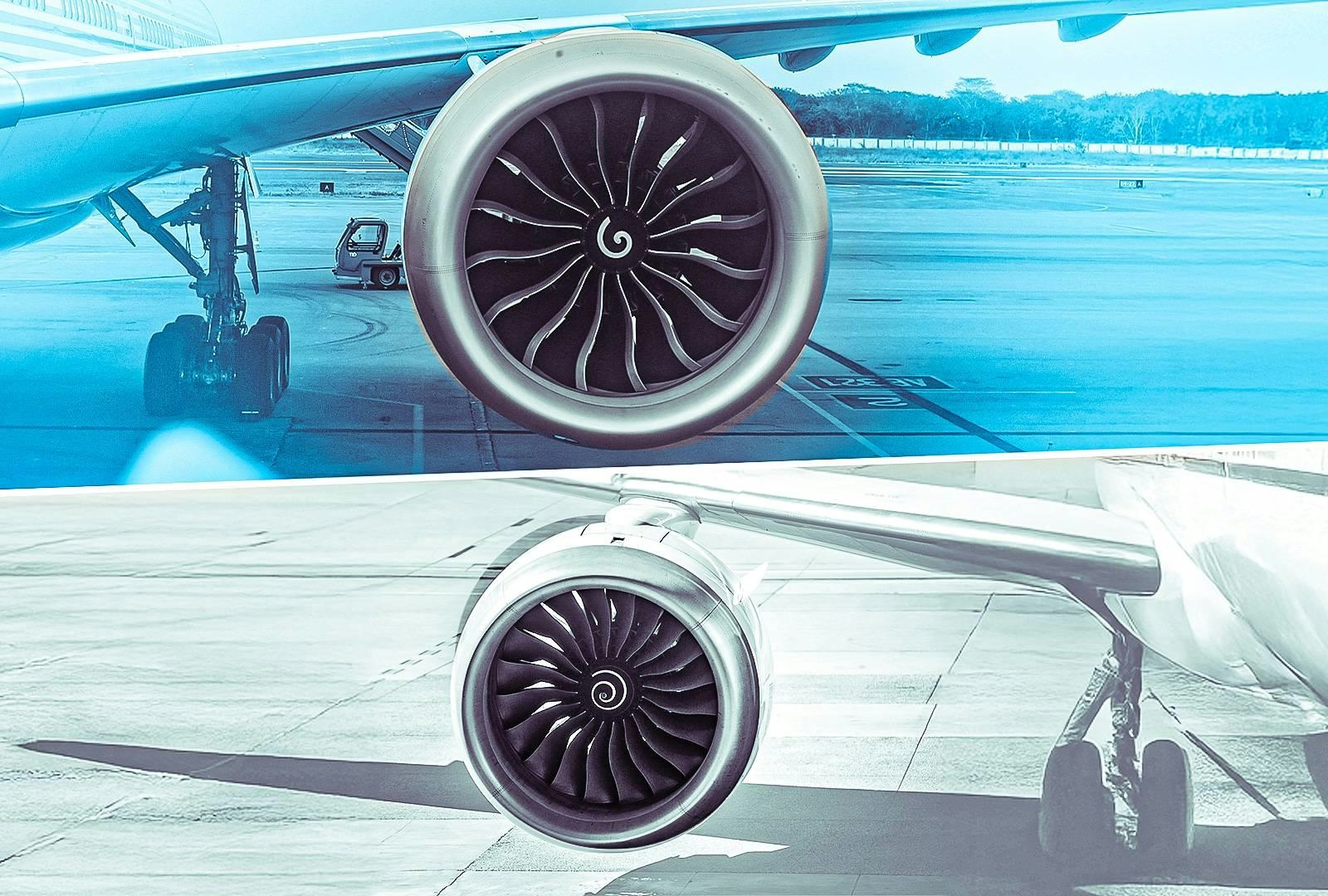
flydubai Signs Agreement with GE Aerospace for 60 GEnx-1B Engines
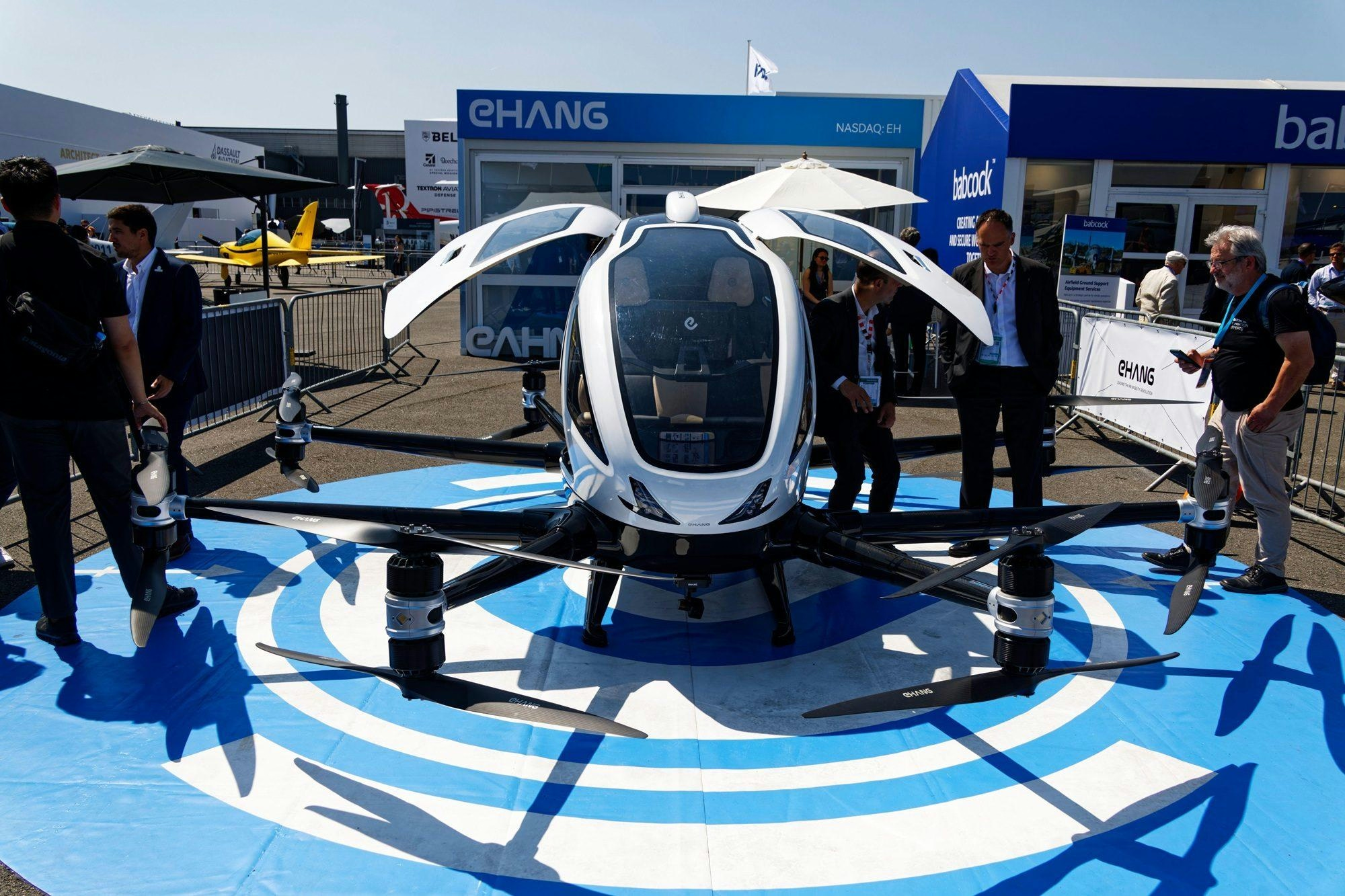
Flying taxi travel to be as easy as ordering an Uber, Dubai Airshow exhibitors say
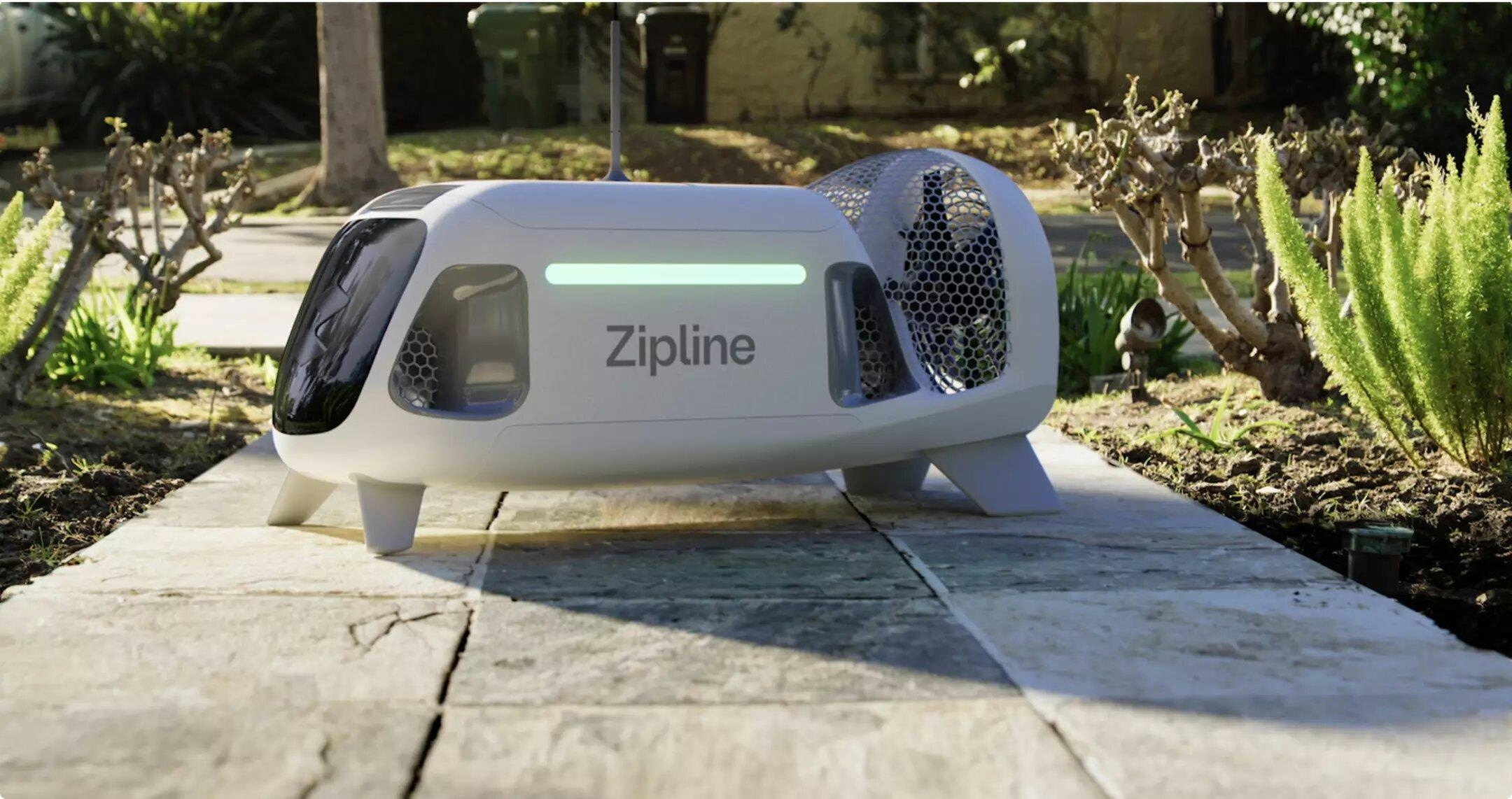
Inside Zipline’s Approach to Drone Safety Testing

Joby Aviation Debuts Air Taxi at Dubai Airshow
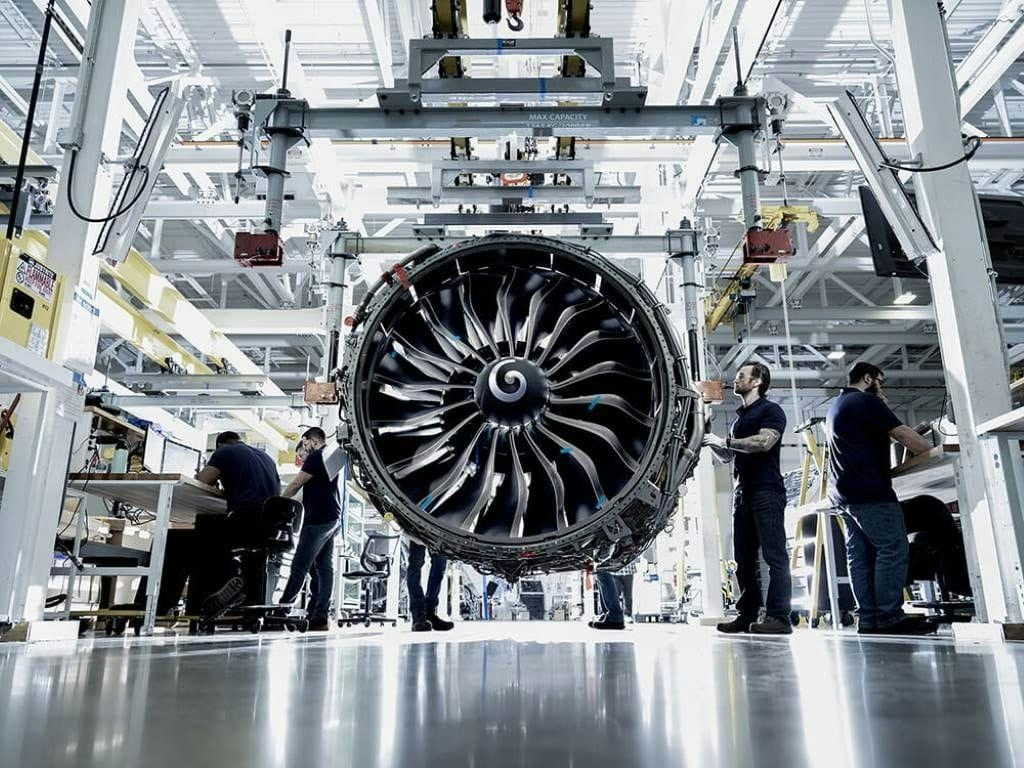
CFM International Advances LEAP Engine Development
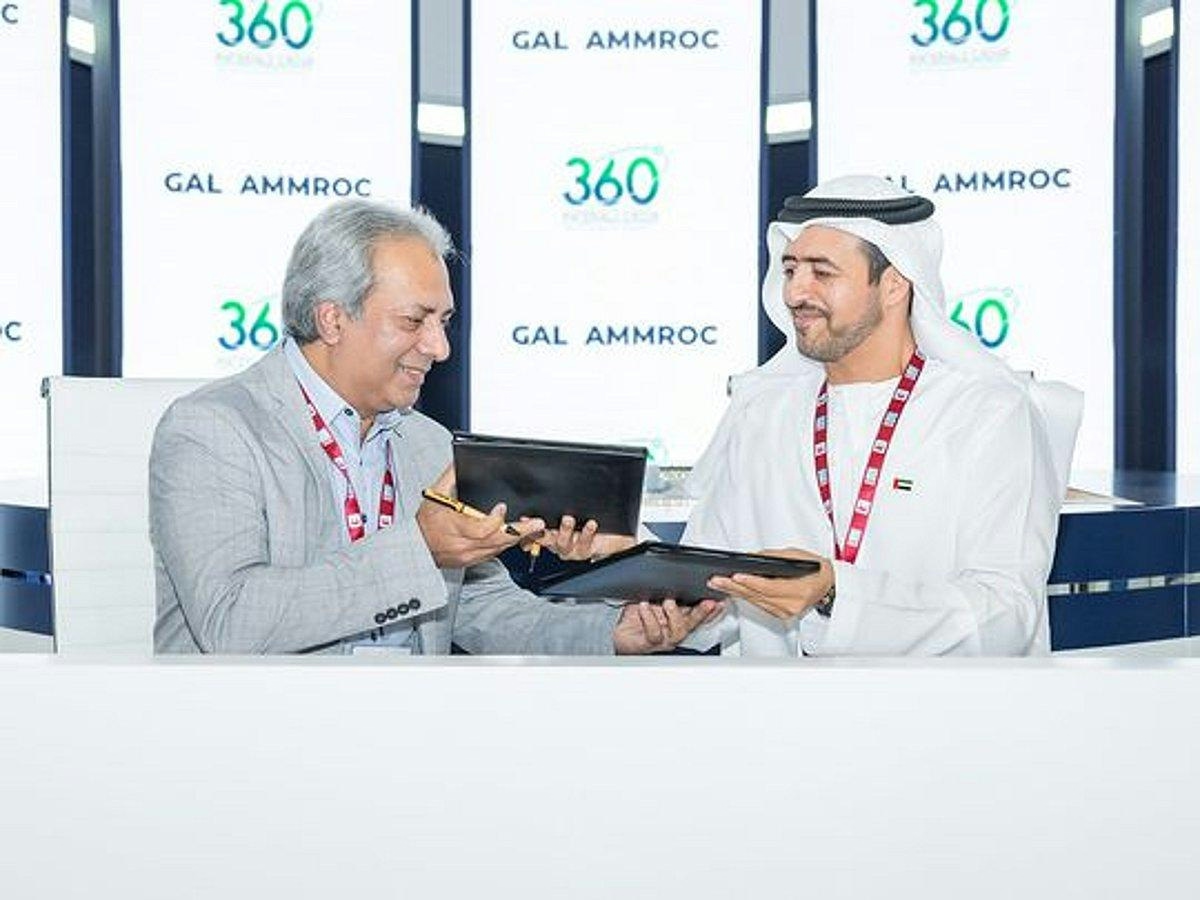
AMMROC and Boeing Sign Memorandum of Understanding for Collaboration
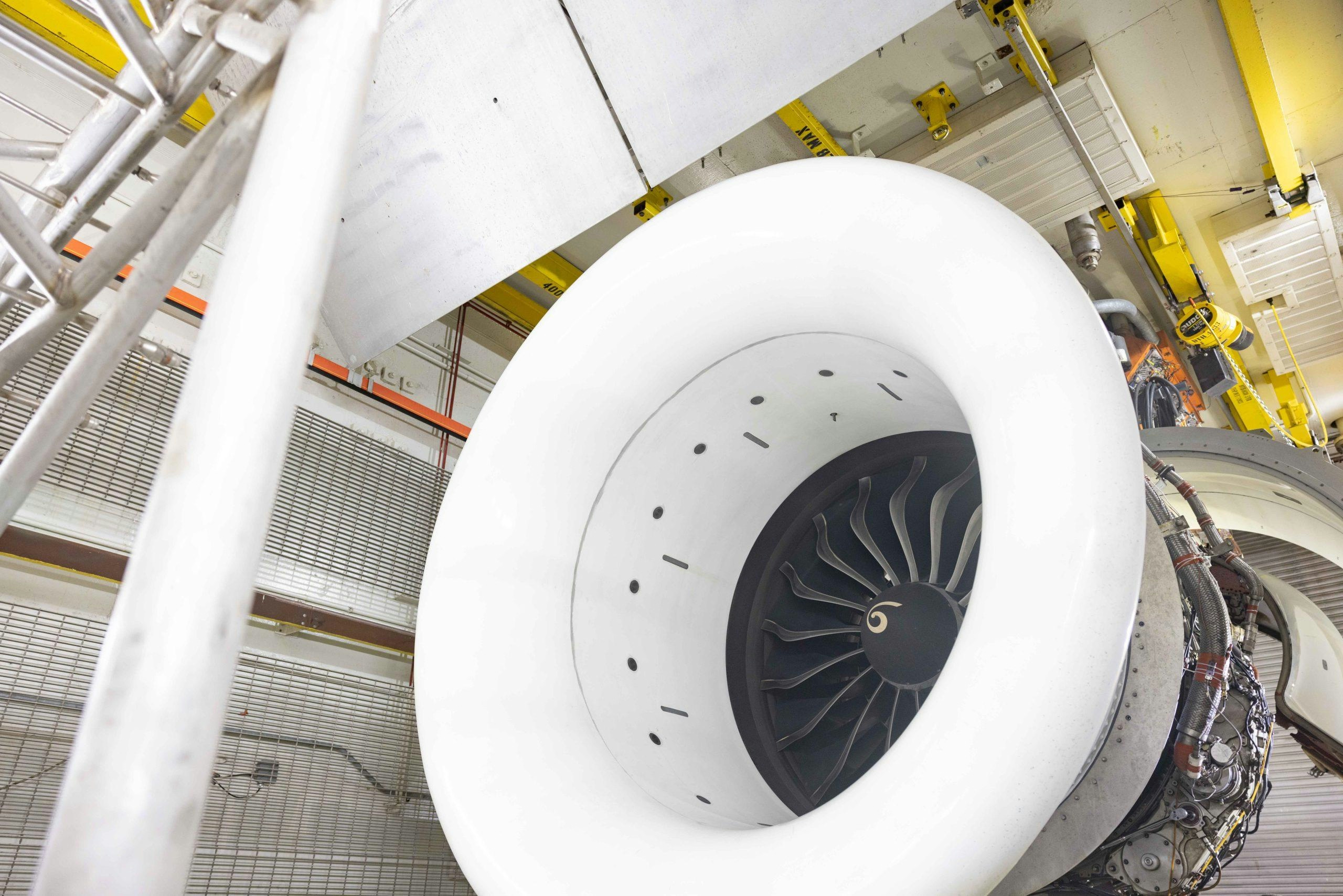
Avolon Orders 100 LEAP-1A Engines for Airbus A320neo Fleet

Joby announces three new vertiports for Dubai network
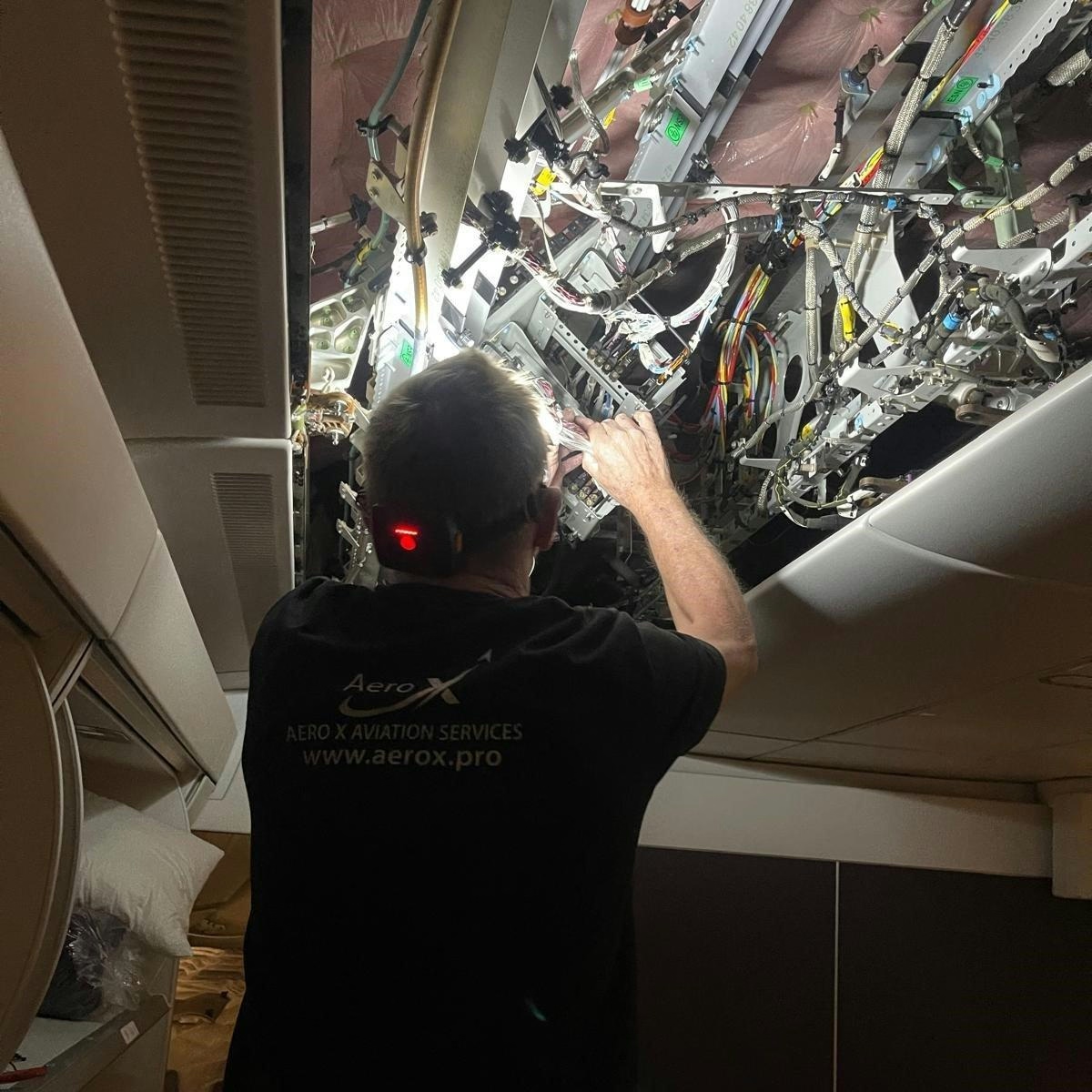
Vallair and AeroX Form Partnership for Rapid Starlink Installations
